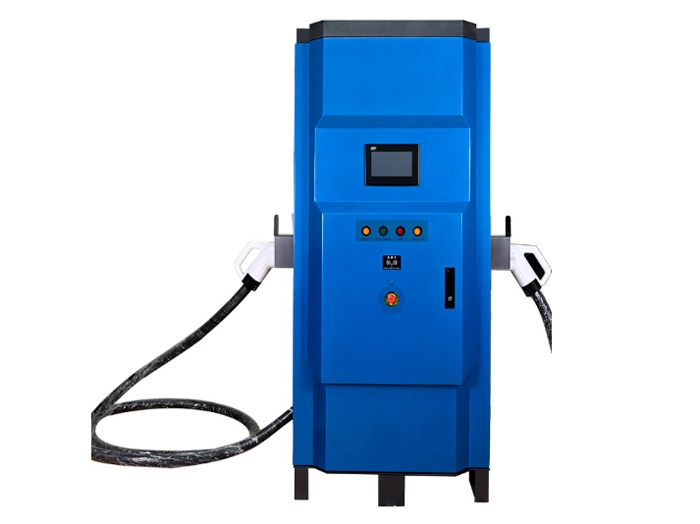For most users of pure electric vehicles, slow charging can be used for daily use, but the charging time is usually long, generally about 6 to 8 hours. If fast charging is used for charging, it can be charged to 80% in 30 to 40 minutes, which is relatively convenient. If driving on highways, charging stations in high-speed service areas are almost all fast charging piles, which can only be replenited by fast charging. When buying a car, I believe that most sales will remind you, try to use slow charge, less use fast charge, fast charge may cause losses to the battery. Next, Lao Wang will give you a popular science about the problem of fast charging battery.

Before that, a quick reminder: a quick charge doesn't hurt the battery, but frequent quick charges do harm to the battery as opposed to slow charges.
There are two main charging modes for electric vehicles: fast (DC) and slow (AC). In the whole charging process, there are different standard charging current for different batteries, for example, for 3C (C is battery capacity AH, such as 50ah battery 3C charging is charging current is 3*50=150A) product battery standard generally choose 0.1c ~0.5C; For high-power batteries, the standard charge is 1C. Usually said slow charge is to charge with standard charging current, and fast charge refers to charging with several times higher than the standard charging current to dozens of times.
Fast charge or slow charge is the process of transferring lithium ions from the positive electrode to the negative electrode of the cell under the action of external electric energy. The difference between fast charge and slow charge lies in the transfer speed of lithium ion Li+ in the charging process. We can compare the process of lithium ion charging to pouring beer. The faster you pour the beer, the faster the glass fills up, but the more foam there is in the glass. On the other hand, when filled to the brim, the glass is filled to the brim with less foam and more beer. The biggest advantage of fast charging is to save the charging time, but frequent fast charging will cause certain damage to the cell, not only affect the battery life, but also affect the safety.
In general, in the charging process of lithium ion batteries, the migration rate of Li+ diffusion inside the electrode is very small compared with the electrolyte, which is the control step of The diffusion rate of Li+. Since the migration rate of Li+ inside the electrode particles is far less than the electrochemical reaction rate on the surface, the concentration polarization phenomenon of the electrode is caused. The potential difference between positive and negative electrodes will further deviate from the equilibrium potential. When the continuous charging current is large, the ion concentration at the electrode increases and polarization intensifies, and the terminal voltage of the battery cannot be directly proportional to the charged power/energy. At the same time, the increase of internal resistance will lead to the increase of joule heating effect and side reactions, such as the reaction decomposition of the electrolyte, gas production and a series of problems, the risk factor increases suddenly, which affects the safety of the battery, and the life of the non-power battery will be greatly shortened.
During the charging process, our control over lithium ions is actually weak. We can only guarantee that lithium ions will migrate to the negative surface, but we can't guarantee that lithium ions will be evenly distributed on the negative surface. And in the lithium battery fast charging means that lithium ions quickly out and "swim" to the anode, at this time the anode material needs to have fast lithium embedding ability. The anode materials used for rapid charge of lithium battery include carbon material, lithium titanate and some other new materials. For carbon materials, lithium ions are preferentially embedded into graphite under conventional charging conditions, because the potential of lithium embedding is similar to that of lithium precipitation. However, under the condition of fast charging or low temperature, lithium ions may precipitate on the surface and form dendrite lithium (also known as crystallization). Dendrite lithium can Pierce the diaphragm (SEI), causing Li+ secondary loss and reducing battery capacity. When the lithium crystal reaches a certain amount, it will grow from the negative electrode to the diaphragm, causing the risk of battery short circuit.
So, if you're constantly charging your battery with a quick charge, you're really hurting your battery. However, due to the difference of cell density, material, ambient temperature and battery management system, the damage degree of batteries in the fast charging process is also different. At present, most batteries design reasonable charging strategies according to the remaining power of the battery, battery performance and other factors. By adjusting the charging power, the damage to the battery caused by fast charging can be minimized. Therefore, users occasionally use the fast charge, is not too worried about the damage of the battery!